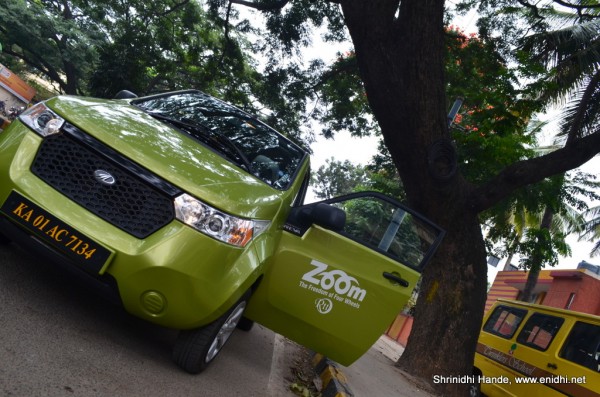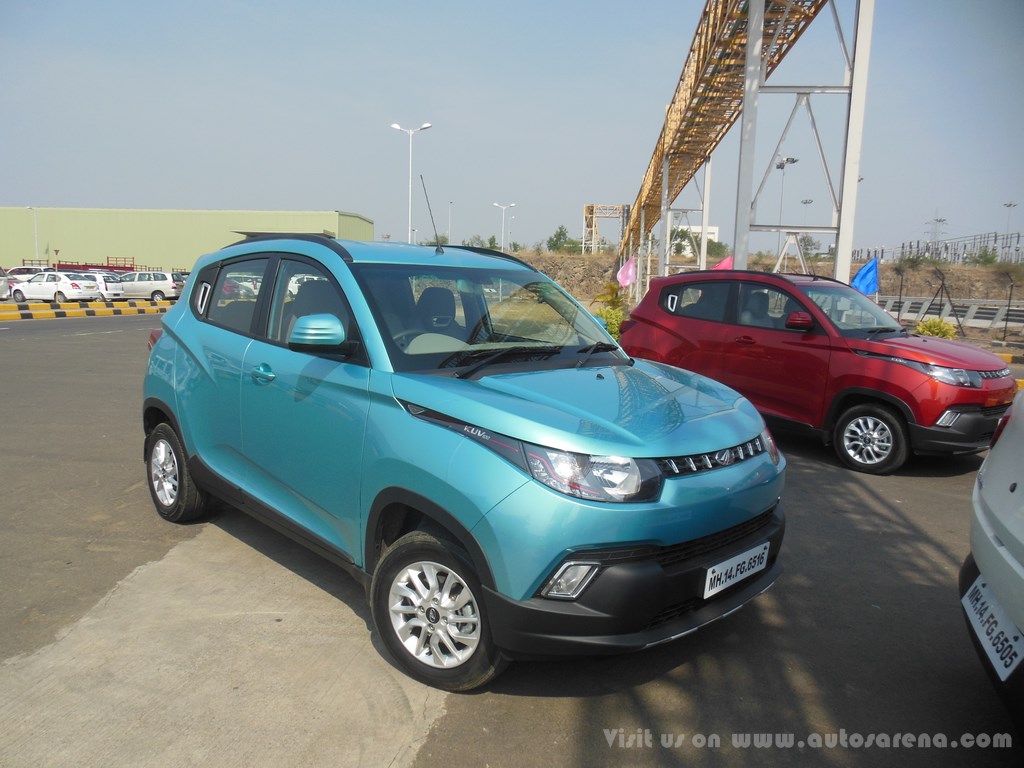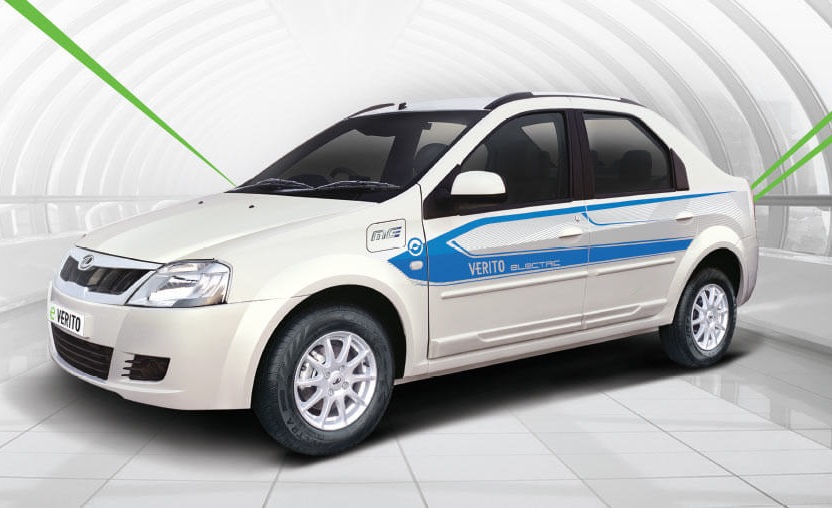I had an opportunity to drive around in a Mahindra Reva e2O and this post is an afterthought.
Mahindra acquired Reva from Maini group and earlier this year, launched an enhanced version of Reva, now called Mahindra e2O. The new e2O is undoubtedly more spacious, more drivable and better looking than its predecessor, but remains impractical as a primary family vehicle.As such electric vehicle ecosystem is very poor in India. There’re many electric two wheeler makers and few car companies have hybrid variant of their popular cars.
However, so far these electric vehicles could come nowhere close to their petroleum powered cousins in terms of sales, performance or total cost of ownership.Unless the practical difficulties involved in electrical vehicles is resolved, the scene may not change much.
Here’re a set of steps which will help boost infrastructure support for electric vehicles:
Challenge 1: Enhance Range:
Reva’s current limitation of 100kms on full charge (assuming No A/C, No lights, no B’ mode driving) is fairly impractical for a regular commuter. Charging stations at public places- malls, parks, IT parks, Govt offices etc. With dedicated parking lots with charging facility, an electric car owner can enhance the range of his vehicle.
But above step comes with challenge- electricity is charged at commercial rates in public buildings, which means cost of charge will be much higher there. The building operators will have to put in place a system which tracks how many units are consumed during each charge and bill the customer accordingly- this means more investments and manpower.
Another requirement for above will be standardized charging units. Different manufacturers using their own size and shape of chargers will make life miserable for those who intend to provide charging facilities.
Another way to enhance range is to set up battery shops- where one can exchange exhausted batteries for fully charged batteries, just like the way we do it for LPG cyclinders.
Solar power is another possibility. If solar panels could be affixed on the body, can can charge itself when the owner is away.
Challenge 2: Bringing down total cost of ownership
E2O’s pricetag hovers around 7-8 lakhs in Bangalore, which makes it out of range for families looking to buy a car in say 5 lakhs range. It may not be easy for Mahindra to lower the price just like that. If only volumes go up, per car cost can go down. It is a catch 22 situation and should improve with time.
Same with battery. Batter replacement shouldn’t cost as much as a small car.
Challenge 3: The real green…
This is a larger issue than what meets the eye. We claim driving an electric car helps environment. But real truth is, Not Necessarily so. Two third of our electricity comes from coal and petroleum. So burning coal, generating electricity, charging the car and then claiming to be green is a big misnomer. We first need to reduce power generation from coal and petroleum and get more and more from wind, water and sun. Only then we can claim to be real green. This is also a fundamental reason why many states are not comfortable giving any kind of subsidy to electric vehicles, because they’re already using tax payers money to keep electricity cost low to end consumers.
Owing to high cost of replacement battery, high cost of the vehicle, Reva continues to be an expensive and not so practical option. But with fuel prices going up frequently, probably the mathematics will soon tilt in favour of the small electric car.




